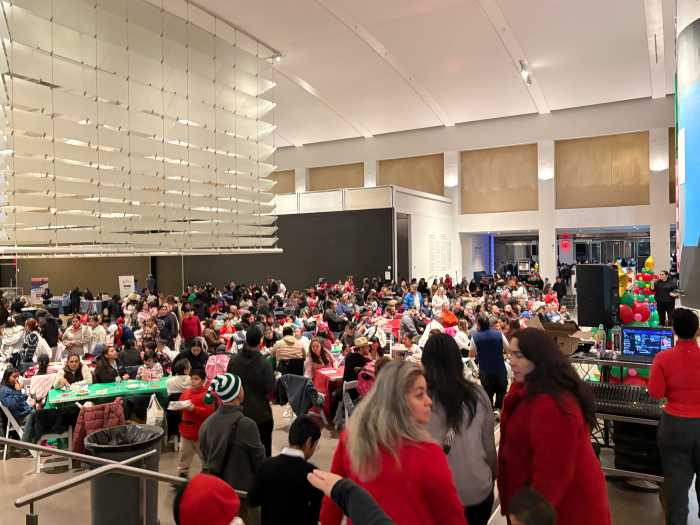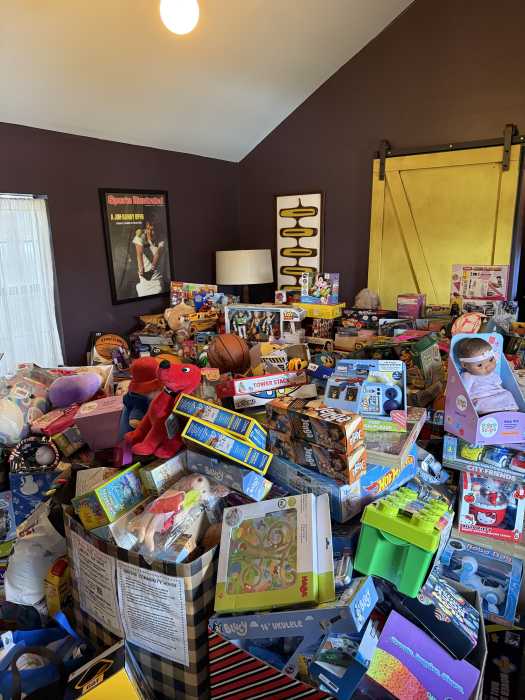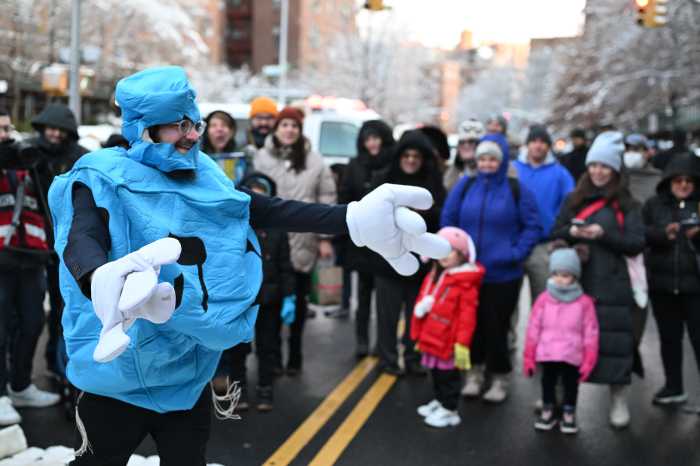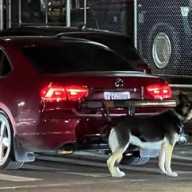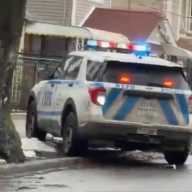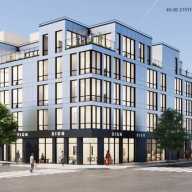Although it may no longer be called the “Boulevard of Death” after numerous redesigns over the years, families held up photos of loved ones as they called on the city to go the full distance with bike lanes along Queens Boulevard.
Lizi Rahman, who lost her son Asif in 2008, and Debbie Kahn who also lost her son Seth, were both unhappy with the lack of completion from the city who told activists the final phase was tied up in the Office of Intergovernmental Affairs.
A rally at MacDonald Park in Forest Hills on March 31 illustrated this, with more than two dozen people calling for the bike lane’s completion.
The last quarter of the bike lane implementation will take cyclists from Yellowstone Boulevard to Union Turnpike with as little interference from cars as possible, but although the city Department of Transportation scheduled the work it has yet to begin.
“For the last five years I’ve been wanting to come to Queens Boulevard and celebrate, not protest or complain,” Rahman said. “[De Blasio] has completed three quarters of the work on Queens Boulevard and the last part – phase four – was supposed to be finished last year. My son, Asif Rahman, gave his life 11 years ago on Queens Boulevard. He was hit by a trucker and died instantly.”
What started in 2015 at Roosevelt Avenue has come to a halt at Yellowstone Boulevard when it was slated for completion all the way to Union Turnpike. The city, however, claims they are powering through a challenging section of roadway.
“We are moving forward with the redesign and working with the community,” Seth Stein, a mayoral spokesman said. “We’ve completed four miles of redesign on Queens Boulevard, driving fatalities to a record low, and will continue working through this last, most challenging section.”
Kahn said her family has been in the community for generations and she has always been weary of traffic on Queens Boulevard in concern for her parents and grandparents; Then, nine years ago, her son Seth died when he was struck by car.
“Our lives are not political bargaining chips,” Laura Shepard from Transportation Alternatives said. “We want them to do what they promised. We use this bike lane to get around the neighborhood from work to school to doctors appointments, shops to restaurants. We struggle when we cross Yellowstone because there are parked cars and we’re endanger of getting doored or getting hit by somebody pulling in and out of a spot.”
Some speakers fought against the notion that bike lanes damage business by pointing out that eateries have long benefitted from the installments by offering deliveries on two wheels. Bicyclists also have no need to seek parking and patronize businesses along the corridor.
One cyclist speaking at the rally in the rain made the case that the city has come to represent the seedier days of the 1980s and 1990s when public spaces were dominated by dangerous individuals armed with guns and knives. But the bullies of modern day New York come in the form of drivers in 2,000 pound vehicles.



